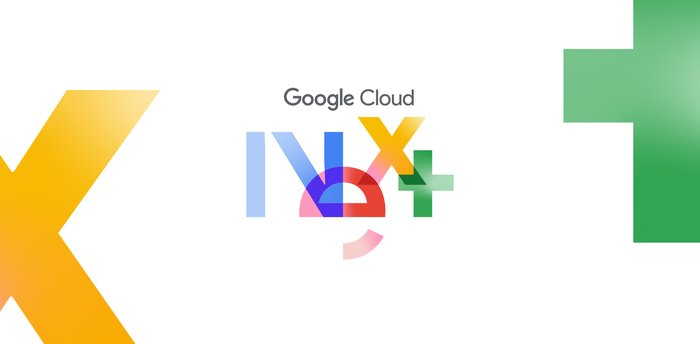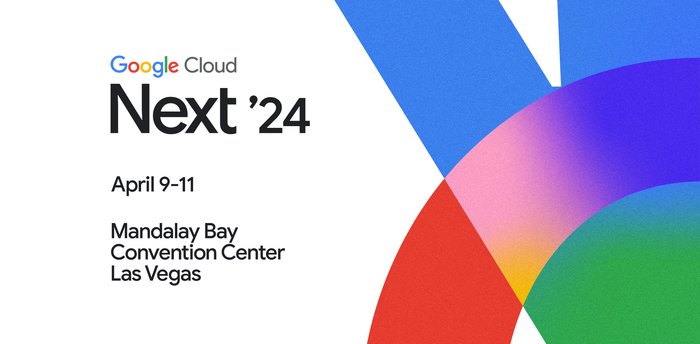3D images come alive through Visby’s vision and expertise
Kris Chaisanguanthum, PhD
Founder and CEO, Visby
Anyone who has received a product that looks different than a photo on an app, or realized that a home on a website doesn’t look quite the same in real life, knows that online images can be misleading. We are visual beings so flat, 2D images don’t tell us the whole story. We also get a lot of visual information from presence—moving through the world. At Visby, we’re making it easy to convey that sense of presence digitally.
Building on my academic career in physics and neuroscience, I saw an opportunity to apply light-field technology to create 3D holographic images for better, more immersive digital experiences. Our team at Visby developed—and continues to refine—a novel imaging engine that generates and delivers realistic immersive images and videos, even from mobile phones, for spatial computing and computer vision applications. We are building the technology to capture and playback the real world in the metaverse, bridging the gap between the physical world and the virtual.
Our dynamic holograms capture light and texture in a way that traditional images or 3D graphics rendering cannot, creating 360-degree, interactive experiences for shopping, entertainment, collaboration, education, and even medicine—just like seeing something in person. Images take on an entirely new life when viewed like this: they convey the presence of an object or scene in a way that is more informative and compelling than static images on screen.
Our technology powers augmented reality (AR), virtual reality (VR), and extended reality (XR) devices. We create cinematic and multi-perspective content for headsets, handsets, holographic displays, and interactive applications. Our holographic technology even drives computer vision services like photograph authentication and timestamping. This enables trust in user-submitted images for marketplaces, assessments, and other businesses.
Our complex technology requires an immense amount of data and compute power. Three years ago we began working with Google for Startups to scale from a working technology to a viable product, and received invaluable technical guidance along the way.
Leveraging the right technologies to achieve our goals
By collaborating with Google for Startups and standardizing on Google Cloud, we were impressed by how efficiently we could scale our DevOps capabilities, and save time and money while focusing on tailoring our holographic technology for companies of any size across industries. The solid collaboration with Google for Startups has given us easy access to credits for Google Cloud solutions and enabled us to tap into Google Cloud’s strong partnership network. We continue to enjoy that support as we develop new services and grow our business on Google Cloud.
We rely on Google Kubernetes Engine (GKE) and Compute Engine as the foundation for our massive data computing and video processing operation. It’s vital for us to quickly adapt infrastructure to new product features, synchronize tools across departments, communicate across siloed teams, and make internal processes more efficient.
With GKE, we can efficiently organize services, system tools and runtimes all within easily managed containers applied reliably across platforms. The result is that we can develop, test, replicate and deploy new services faster and more securely. From there, it is easy to run these new services on Compute Engine quickly to get them into the hands of our users.
Also vital is that our centralized graphic processing scales easily with Google Cloud. The platform reduces the time to process multiple applications at once, accelerating overall project completion. This means our small team can better unify small tasks and scale fast to support larger ones. By partnering with Google for Startups and standardizing on Google Cloud we have a fully managed environment that eliminates worries about IT overhead, configuration, and management—all major challenges facing technology development teams of any size.
Turning our visions into reality
We’ve achieved impressive performance for our 3D holographic images. With Google Cloud, we process data and render videos 100 times faster. Faster compute means faster iteration which means more efficient engineering. Our team can more quickly test solutions, troubleshoot and resolve issues, and accelerate delivering more high-performing services to customers. We’re also able to use the network compute to bring real-time holographic rendering and playback to even low-spec/low-power mobile devices.
We’ve also benefited from working with SADA, our value-add Google Cloud partner. Their services team has been invaluable in deploying and developing things beyond our core competency, as well as providing access to more developers when needed. SADA has been a reliable source of technical support. They have become intimately familiar with both our historical usage patterns and our long-term technical roadmap. The work with SADA has saved us hundreds of thousands of dollars in compute spend as a result.
Through our continued collaboration with Google for Startups and Google Cloud, we see a big opportunity for our holographic technology to meet the needs of industries as diverse as entertainment, retail, construction, healthcare, and many others.
I invite you to check out the incredible ways Visby is reimagining high-end immersive imaging. Being better able to convey the real world across the internet makes remote interaction and transactions more like “IRL,” which has the tremendous potential to transform any industry, especially ones that communicate visual information like in marketing and entertainment.
Frontier technologies—like holographic imaging—are often considered niche at first, but eventually get so woven into the general fabric of computing and communication that we stop thinking about them as a separate thing. I’m excited about that future.
If you want to learn more about how Google Cloud can help your startup, visit our Startup Program application page here to get more information about our program, and sign up for our communications to get a look at our community activities, digital events, special offers, and more.



